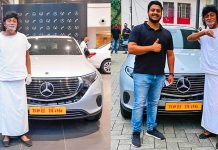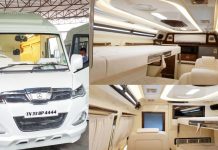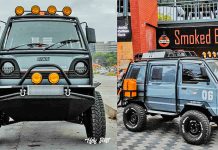Hindustan Ambassador: A Brief History
Everyone in India knows what the Hindustan Ambassador is. As a symbol of India’s automotive history, there is little else that defines motoring in the country like it. From a mode of mass transport as the most popular Taxi in India at one point of time, to the de facto ‘politician’s preferred car’, to a symbol of status in some parts of the country, the Ambassador has seen it all.
In fact, the Ambassador was even raced and rallied in the 70s and 80s in rallies like the gruelling Karnataka 1000 and the Himalayan Rally with positive results. Of course, most of us will remember the Ambassador fondly through a childhood memory in the spacious rear seat or as a car someone in the neighbourhood had. That said, since the Ambassador brand name is due for a revival, let us take you through a quick history of the car’s humble beginnings in the United Kingdom and how it made it to India in its various avatars.
Hindustan Landmaster: 1954-1958
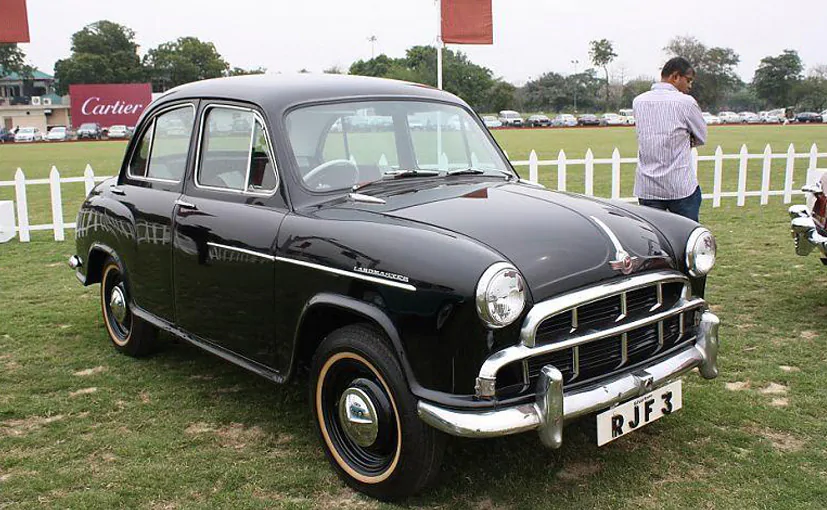 The story of the Ambassador actually starts with the Landmaster. As a car I personally have come to love with its typically 1950s British proportions, the Landmaster was launched in India at the same time as the Fiat 1100 Millicento was released. Similar in terms of overall design but with much larger proportions, the Landmaster was popular with those who preferred to be driven around rather than drive themselves. The Landmaster came with a 1.5-litre 4-cylinder side valve engine. Hindustan motors also made very few units of the Landmaster Traveller, which was a station wagon with a semi wooden body and rear barn type doors. The Landmaster is essentially the Morris Oxford Series II which was later replaced by the Morris Oxford Series III – the erstwhile Ambassador MK1 in India.
The story of the Ambassador actually starts with the Landmaster. As a car I personally have come to love with its typically 1950s British proportions, the Landmaster was launched in India at the same time as the Fiat 1100 Millicento was released. Similar in terms of overall design but with much larger proportions, the Landmaster was popular with those who preferred to be driven around rather than drive themselves. The Landmaster came with a 1.5-litre 4-cylinder side valve engine. Hindustan motors also made very few units of the Landmaster Traveller, which was a station wagon with a semi wooden body and rear barn type doors. The Landmaster is essentially the Morris Oxford Series II which was later replaced by the Morris Oxford Series III – the erstwhile Ambassador MK1 in India.
Hindustan Ambassador MK1: 1958-1962
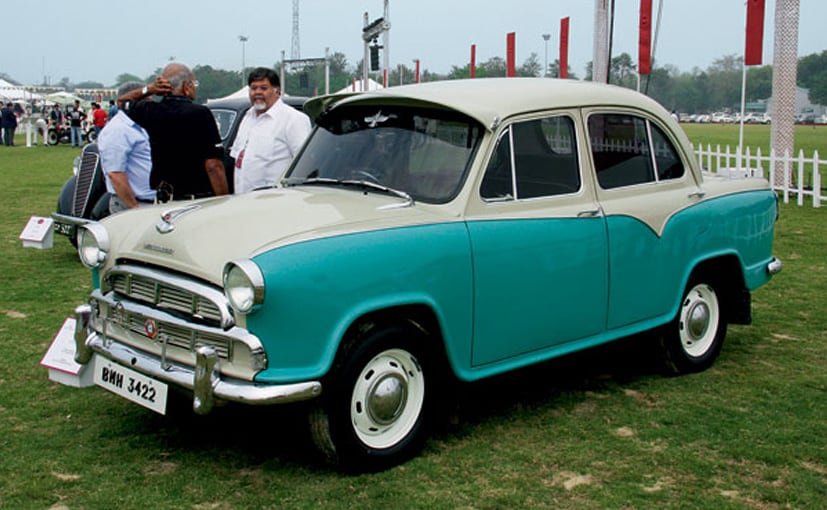
The Hindustan Ambassador MK1 was introduced in mid 1958 and came with the same side valve engine that was available on the Landmaster (MK1). The car of course went through major changes in terms of its body with a new front end, new grille, new bonnet and most importantly, a new tail section with tail fins. The tail fin design would essentially stay nearly unchanged till the end of production in 2014. The MK1 was never actually called the MK1 and was only badged ‘Ambassador’ until post 1960 when the side valv engine was changed to an overhead valve engine, which resulted in a ‘winged OHV’ badge to be featured on the car. The interior also underwent some changes, which included a new steering wheel, new wooden grain dashboard and updated dials. The Ambassador MK1 also was the last model to briefly feature the semaphore type indicators which were later replaced for fender mounted side indicators in the MK2.
Hindustan Ambassador MK2: 1962-1975
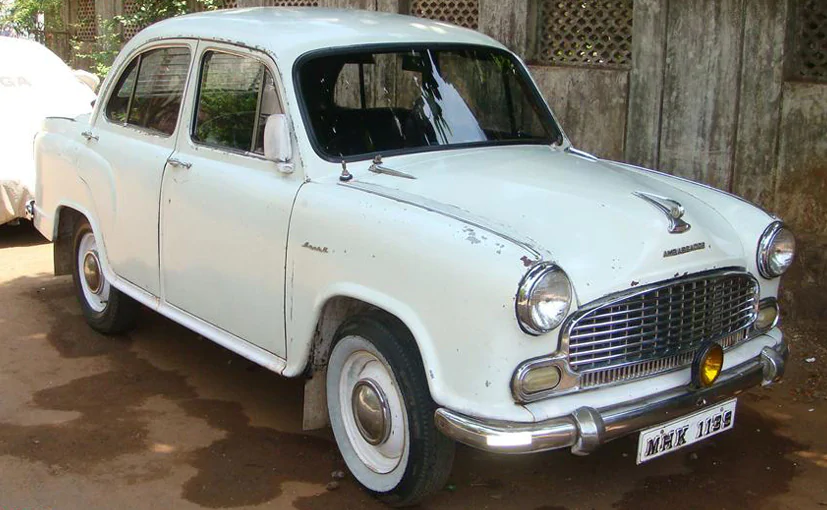
The Hindustan Ambassador MK2 was officially badged MK2 (hence the earlier ones informally got the MK1 nomenclature) and was an evolution of the MK1. The new car has similar body panels but now, the front grille was changed to one that resembled the one that was available on the Morris Mini with its white oval front indicators inset into the grille. The MK2 also got an updated wooden dashboard with new dials but the basic layout of the interior and the amount of space it offered stayed nearly identical. The MK2’s bumpers still had the metal over riders but now were much smaller than the one available on the MK1. The Ambassador MK2 was also offered with a two tone option with chrome dividing trim on the sides that become a very popular aftermarket application and has continued to be a popular option with restorers.
Hindustan Ambassador MK3: 1975-1979
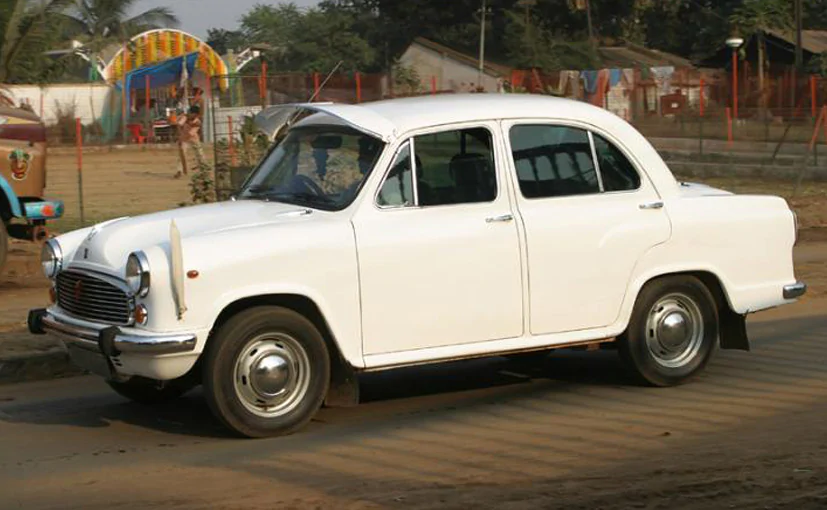
The MK3 was launched in 1975 with a much more modern front grille design but just like the MK2, the car pretty much remained unchanged in terms of its exterior design. The grille now featured a horizontal slat design (again similar to the one on the Morris Mini iterations of a similar vintage) and round indicators that were placed below the headlamps. This was also the first time that the front indicator and the grille were not the part of the same unit but were two separate units. The front and rear bumper over riders were still made of metal and were identical to the one offered on the MK2. The bumper also still had the original start motor notch for the hand starter even though the hand starter was never really offered on the Indian cars. The dashboard went through a refresh too with a more modern design with four gauges adopted. The wood and aluminium trim on the dashboard was also ditched. The MK3 was also the first time the Ambassador was offered in two trim levels, Standard and Deluxe.
Hindustan Ambassador MK4: 1979-1990
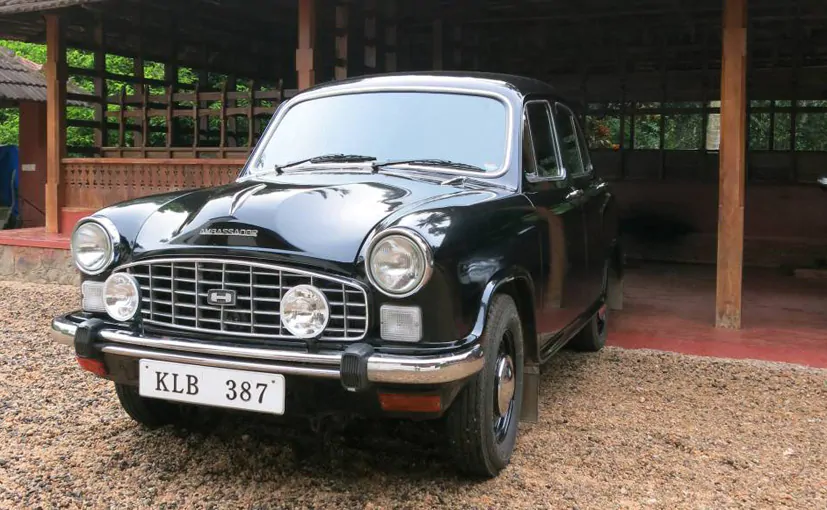
After a shortlived MK3, the MK4 incorporated a more modern face and a slightly altered front end with a smaller grille. This was the basic formula that continued till the end of the Ambassador’s production run in 2014. The MK4 now had yet another redesigned grille with a chequered flag design and large square parking lamps mounted just below the headlamps. The MK4 Ambassador also got a front lip spoiler below the bumper with amber indicator lamps mounted on them. The MK4 also got slight changes to the interior and dashboard. But more importantly, the MK4 was the first iteration of the Ambassador that came with a diesel engine option. The diesel was the 1.5 litre BMC (British Motor Corporation) B-Series diesel engine making a measly 37 bhp of peak power and offered extremely underwhelming performance like with most diesel cars of that era. However, with better fuel economy than the petrol and with diesel being a much much cheaper fuel as compared to petrol, the Indian public seemed to lap it up.
Hindustan Ambassador Nova: 1990-1999
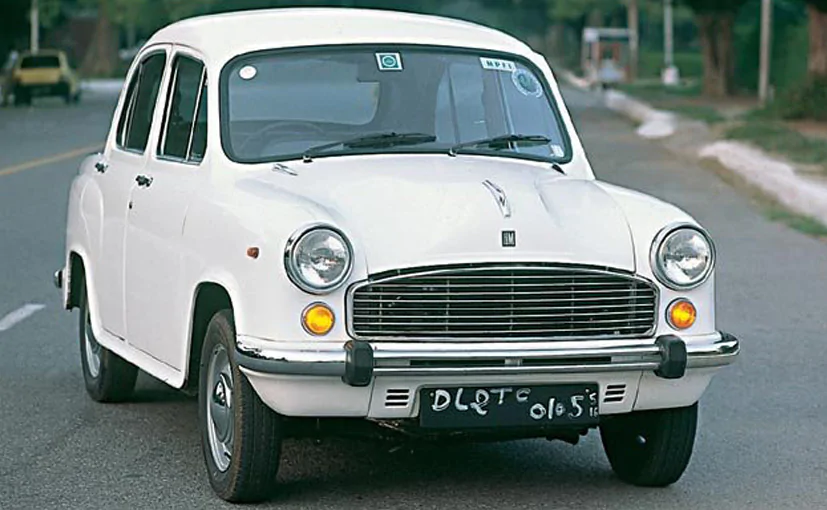
The Nova is the modern Ambassador as we all know it today. Launched with two engine options in 1990, a 1.5 litre 55 bhp petrol and a 2.0 litre non-turbo 37 bhp diesel, the Nova was Hindustan Motor’s updating the MK4 to make it more economical and cheaper to make. Cost cutting meant that the classy grille was replaced by a more basic version and that the metal over riders on the bumper were replaced by rubberised ones. The front lip below the bumper continued but the amber indicators were removed and an integrated amber parking light and indicator unit was installed instead just under the headlamp. This unit was round akin to the one available on the MK3 but smaller and a lot more cylindrical in design as compared to the older units. In 1992, to make the Nova a little more appealing, Hindustan Motors offered the 1.8 litre Isuzu petrol engine to the public. This 4 cylinder unit made 75 bhp and had a 5 speed manual gearbox with a floor mounted shifter. The engine was originally only offered on VIP model (which were also bulletproof) since the mid 1980s but was now offered to the public in general too. The bigger engine was offered to find of the attack from Maruti Suzuki that even though had smaller engines were a lot more responsive and quicker than the likes of the Ambassador. The 1.8 litre ISZ badged Isuzu engine was made until the very end of the Ambassador’s production.
Hindustan Ambassador Grand / Classic / Encore: 2000-2014
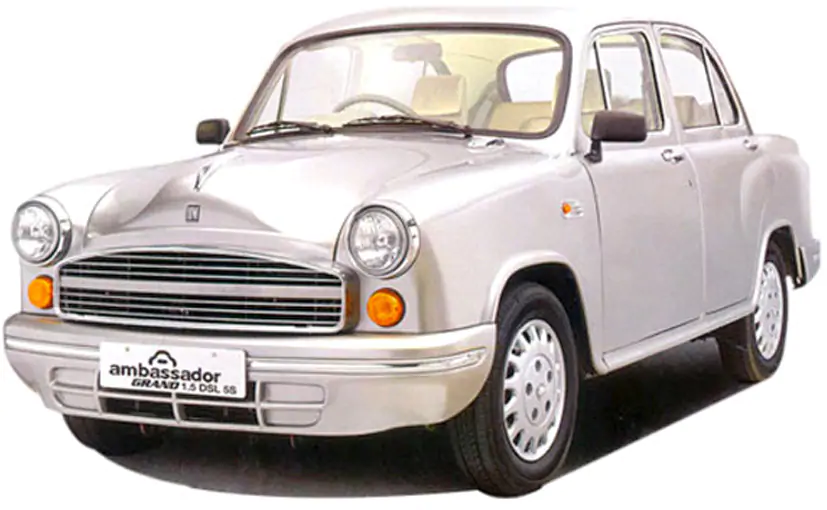
As an improvement over the Nova, Hindustan Motors launched the Grand in 2000. HM claimed over a hundred changes in the car including flush mounted bumpers improvement in the quality of the interiors. The car was also offered with beige interiors and a plastic dashboard with air conditioning etc. The Grand also got power steering and the same 1.8 litre Isuzu petrol engine. The Classic on the other hand was the continuation of the same Nova style with less onvious updates. The Classic got a set of conventional metal bumpers and no wheel covers while the Grand got a set of plastic wheel covers similar to the ones offered by Japanese manufacturers of the era. The Encore was the final version of the Ambassador launched in 2013. The Encore has a BS4 engine under the bonnet and the same 5-speed gearbox. Even with all the emissions meeting technology thrown in, the car still was one of the most underwhelming performers of its era and one of the slowest cars of its time. Production of the Encore ended in early 2014. In FY 2013-2014 HM had managed to sell under 2500 units of the car in India, mainly to the political class and taxi operators in cities like Delhi and Kolkata.
By Cyrus Dhabhar.



